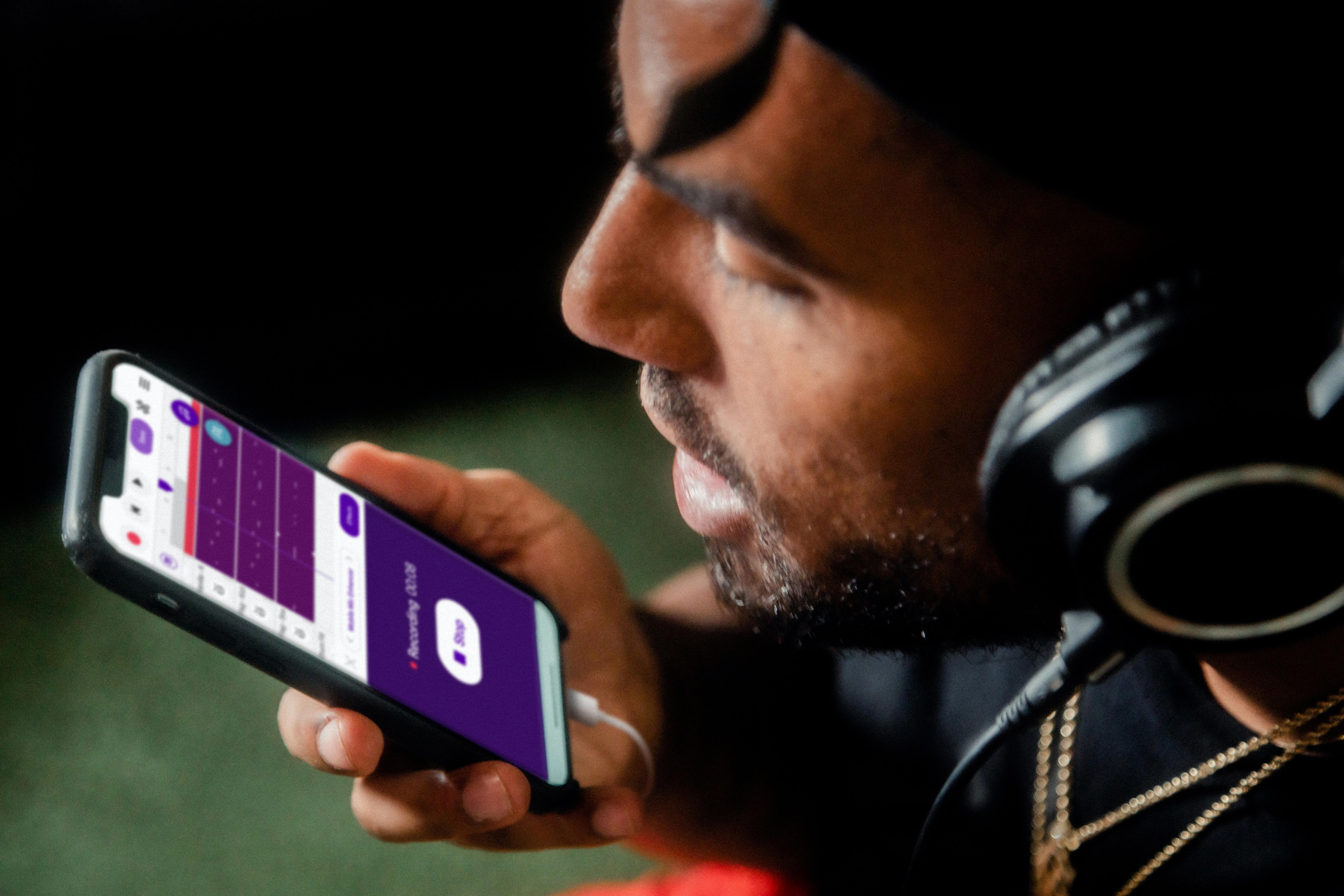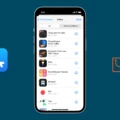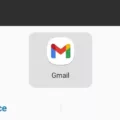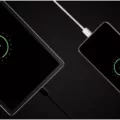In today’s digital age, smartphones have become an integral part of our lives. With millions of apps available on various platforms, it’s no wonder that users often wonder if they can run Android apps on iOS devices. While there is no official app for this purpose, there are some ways to achieve it.
One option is to download third-party Android emulators for iOS. These emulators mimic the Android operating system on your iOS device, allowing you to run Android apps. However, it’s important to note that this process requires you to jailbreak your iOS device, which may void your warranty and pose security risks.
To run Android apps on iOS, you can start by searching for reputable third-party emulators such as Cydia, iEMU, or Appetize.io. These emulators provide a platform to install and run Android apps on your iOS device. Keep in mind that the performance of these emulators may vary, and not all apps may work seamlessly.
It’s crucial to understand that running Android apps on iOS may not provide the same user experience as using them on an actual Android device. The differences in software and hardware can affect app compatibility and functionality. Additionally, some features specific to Android may not be available or work as intended on iOS.
When considering running Android apps on iOS, it’s important to weigh the pros and cons. While it may open up a wider range of app options, it also comes with potential risks and limitations. Jailbreaking your iOS device can void your warranty, expose your device to security vulnerabilities, and may not be supported by Apple.
Moreover, it’s worth mentioning that developers typically build apps specifically for each platform. While some developers may create versions for both Android and iOS, many apps are exclusively designed for one platform. This means that certain Android apps may not be available on iOS, and vice versa.
While it’s technically possible to run Android apps on iOS devices through third-party emulators, it’s not a straightforward process and comes with its own set of risks and limitations. It’s important to carefully consider the implications before deciding to jailbreak your iOS device and use Android emulators. Ultimately, the best approach is to explore the vast array of apps available on the respective platforms and find alternatives that suit your needs.
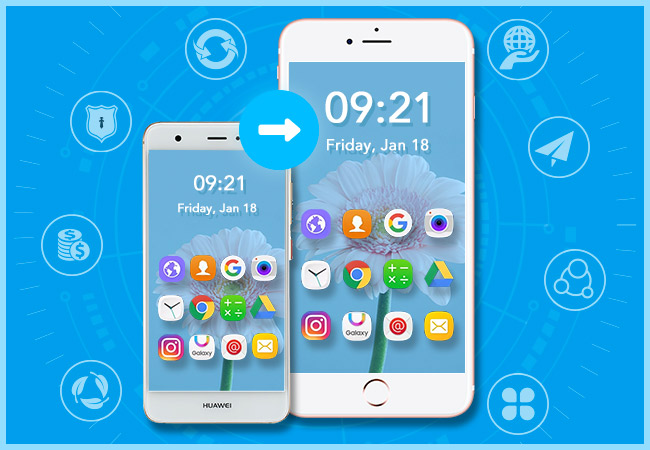
Can You Use an Android App on Your iPhone?
It is not possible to directly use Android apps on an iPhone. iOS devices, such as iPhones, are designed to run apps specifically developed for the iOS operating system. Android apps, on the other hand, are built for devices running the Android operating system.
However, if you really want to use Android apps on your iPhone, there are some third-party Android emulators available that can be installed on jailbroken iOS devices. These emulators create a virtual Android environment on your iPhone, allowing you to run Android apps.
To use Android apps on your iPhone, you would need to follow these steps:
1. Jailbreak your iPhone: Jailbreaking is the process of removing restrictions imposed by Apple on iOS devices, allowing you to gain root access and install third-party apps. It’s important to note that jailbreaking your iPhone may void your warranty and could potentially pose security risks.
2. Install an Android emulator: Once your iPhone is jailbroken, you can search for and download an Android emulator from third-party sources. Some popular Android emulators for iOS include iAndroid, Cider, and Appetize.io.
3. Configure the Android emulator: After installing the Android emulator on your iPhone, you will need to configure it by providing the necessary settings and permissions. This may include granting certain permissions to the emulator, setting up a Google account, and adjusting other emulator-specific settings.
4. Download and install Android apps: With the emulator set up, you can now download and install Android apps onto your iPhone. You can either search for apps within the emulator’s app store or manually install APK files from trusted sources.
Please note that running Android apps on an iOS device through third-party emulators may not provide the same performance, functionality, or user experience as using native iOS apps. Additionally, the availability and compatibility of specific Android apps may vary when using emulators.
It’s also worth mentioning that Apple does not officially support or endorse the use of third-party emulators to run Android apps on iOS devices. Therefore, proceed with caution and understand the potential risks and limitations before attempting to use Android apps on your iPhone.
How Do You Make Your Android Apps Compatible with iOS?
To make your Android apps compatible with iOS, you can follow these steps:
1. Open Android Studio and go to File | New | New Module.
2. From the list of templates, select Kotlin Multiplatform Shared Module.
3. Enter the module name as “shared”.
4. In the list of iOS framework distribution options, choose the Regular framework.
– This step is necessary to connect the shared module to the iOS application.
By adding the shared module to your Android project, you can write code that can be shared between Android and iOS platforms. This allows you to reuse a significant portion of your codebase and reduce development efforts.
Here are a few benefits of using a shared module approach:
– Code Reusability: You can write common code once and use it across both Android and iOS platforms, reducing the need for duplicating efforts.
– Consistency: By sharing code, you can ensure that the behavior and functionality of your app remain consistent across different platforms.
– Faster Development: With shared code, you can save time and effort by implementing features and fixing bugs in a single codebase, which automatically reflects on both Android and iOS platforms.
Once you have set up the shared module, you can start writing shared code by placing it in the shared module directory. This code can include business logic, data models, network requests, and more.
To use the shared code in your Android and iOS projects, you need to import the shared module as a dependency. In Android Studio, you can do this by opening the build.gradle file of your Android project and adding the shared module as a dependency.
After setting up the shared module and importing it into your Android project, you can start using the shared code in your Android app. Similarly, you can connect the shared module to your iOS project to make use of the shared code in your iOS app.
By following these steps, you can make your Android apps compatible with iOS by leveraging the power of Kotlin Multiplatform Shared Modules.
How Do You Turn Your Android Apps Into iOS Apps?
To convert your Android app into an iOS app, you need to consider a few important aspects. Here is a detailed explanation of the steps involved:
1. Navigation: iOS and Android have different navigation patterns. Android typically uses a back button, while iOS uses a navigation bar and gestures. You will need to modify your app’s navigation to fit iOS standards.
2. Design: iOS has its own design guidelines and aesthetic preferences. You will need to adapt your app’s design to match the iOS interface. Pay attention to elements like typography, icons, and overall visual style.
3. Device Support and Screen Resolutions: Android devices come in various sizes and resolutions, while iOS devices have a more limited range. Ensure that your app is optimized to work well on different iOS device screens, including iPhones and iPads.
4. Libraries/Frameworks: Some libraries and frameworks used in your Android app may not have direct equivalents in iOS. You may need to find alternative solutions or rewrite certain parts of your code to work with iOS-specific libraries and frameworks.
5. Testing and App Store Submission: Thoroughly test your app on iOS devices to identify and fix any bugs or compatibility issues. Once your app is ready, you will need to submit it to the Apple App Store for review and approval before it can be published.
6. Different Device Sizes: Unlike Android, iOS has a limited number of device sizes. Ensure that your app’s layout and user interface elements are properly adjusted to fit different iOS device screen sizes.
7. Fragmentation of OS Versions: While Android devices have various OS versions in use, iOS devices tend to have a higher adoption rate for the latest version. However, it’s still important to consider backward compatibility and ensure your app works well on older iOS versions.
8. Device Buttons and Navigation: iOS devices have a distinct home button and different gestures for navigation compared to Android. Make sure your app’s functionality is adapted to work with iOS device buttons and gestures.
Converting your Android app to iOS involves modifying navigation, adapting design, optimizing for different device sizes, finding iOS equivalents for libraries/frameworks, thorough testing, and considering iOS-specific factors like OS version fragmentation and device buttons/navigation.
Are iOS and Android Apps Compatible?
IOS and Android apps are not compatible with each other. iOS apps are specifically designed to work on Apple devices such as iPhones and iPads, while Android apps are designed to work on devices running the Android operating system.
Here are some key points to understand about the compatibility of iOS and Android apps:
1. Operating System: iOS apps are built using the Swift or Objective-C programming languages and are specifically optimized for Apple’s iOS operating system. On the other hand, Android apps are developed using Java or Kotlin and are designed to run on devices running the Android operating system.
2. App Stores: iOS apps can be downloaded from the Apple App Store, which is exclusively for Apple devices. Android apps, on the other hand, can be downloaded from the Google Play Store, which is specifically for Android devices.
3. User Interface: iOS and Android have different user interface guidelines, so apps are designed differently for each platform. This means that the layout, navigation, and overall design of an app may vary depending on whether it is developed for iOS or Android.
4. Code Compatibility: The underlying code structure and frameworks used in iOS and Android app development are different. This means that an app developed for iOS cannot be directly used on an Android device, and vice versa. Developers need to create separate versions of an app for each platform.
5. Development Tools: Developers use different software development kits (SDKs) and Integrated Development Environments (IDEs) for iOS and Android app development. For iOS, Xcode is the primary tool, while Android Studio is commonly used for Android app development. These tools have specific features and functions tailored to each platform.
IOS and Android apps are not compatible with each other due to differences in operating systems, app stores, user interface guidelines, underlying code structure, and development tools. Developers need to create separate versions of their apps for each platform to ensure compatibility and optimal performance.
Conclusion
It is not possible to directly run Android apps on iOS devices without any official app or support from Apple. However, there are third-party Android emulators available for iOS devices, but they require jailbreaking your device, which may void your warranty and pose security risks.
Running Android apps on iOS devices can be a complex process and may not provide the same level of performance and functionality as running them on native Android devices. Additionally, the user interface and design elements of Android apps may not translate seamlessly to iOS, leading to a subpar user experience.
Developing apps that work on both Android and iOS platforms requires careful consideration of various aspects such as navigation, testing, design, device support, screen resolutions, libraries/frameworks, different device sizes, fragmentation of OS versions, and device buttons/navigation. Developers often need to create separate versions of their apps specifically optimized for each platform to ensure a seamless user experience.
While some developers may choose to build versions of their apps for both Android and iOS, it is important to note that the two operating systems have different coding languages (Java for Android and Swift for iOS) and design principles. Therefore, creating an app that is compatible with both platforms can be time-consuming and challenging.
While there are ways to run Android apps on iOS devices through third-party emulators, it is not recommended due to potential security risks and performance limitations. Developers should carefully consider the differences between Android and iOS platforms and create separate versions of their apps to provide the best user experience on each platform.







